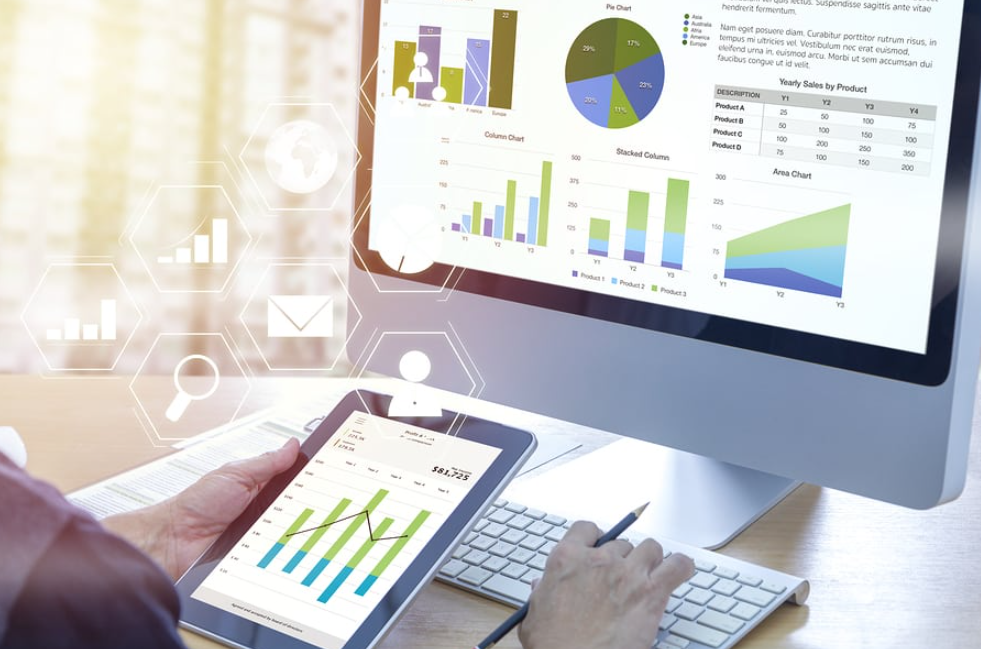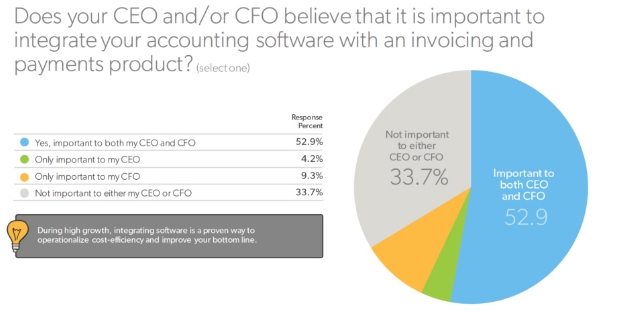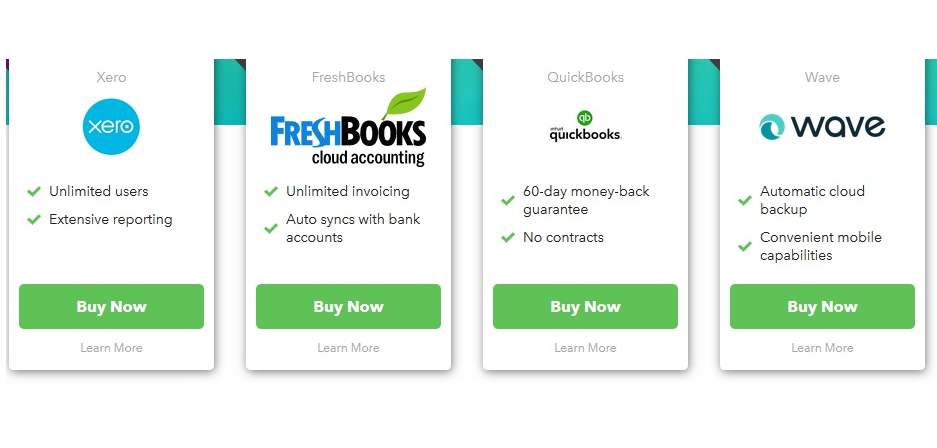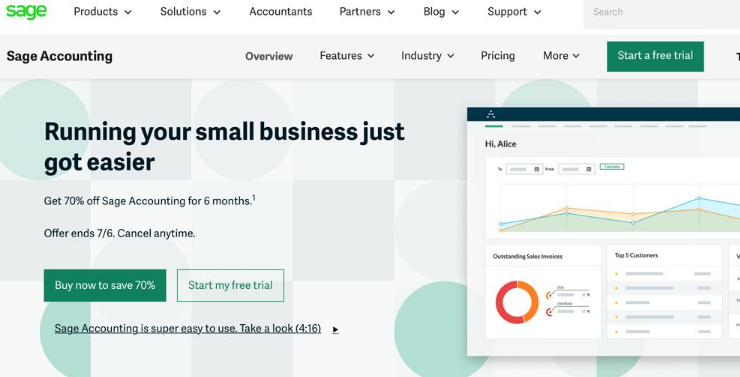How to Account for Software Licenses?

If your business uses software, you need to account for the licenses in your bookkeeping. Depending on the type of license, the accounting can be simple or complex. Here is a guide to help you keep track of your software licenses.
There are two main types of software licenses: subscription and perpetual. With a subscription license, you pay for the right to use the software for a set period of time, usually annually. A perpetual license gives you the right to use the software indefinitely.
The accounting for these two types of licenses is different.
Subscription licenses are treated as prepaid expenses. This means that when you pay for the license, you record it as an asset on your balance sheet.
Then, over time, as you use the software and it expires, you gradually write off the asset as an expense on your income statement.
Perpetual licenses are not prepaid because they do not expire.
- Keep track of the software licenses you have purchased
- This can be done through a software license management system, or simply by keeping a spreadsheet with all the relevant information
- Make sure to keep track of when each license expires, and set reminders accordingly
- When a license expires, decide whether to renew it or not
- If you choose to renew, update your records accordingly
- If you choose not to renew, make sure to remove the expired license from your records
- From time to time, review your list of licenses and make sure everything is up-to-date and accurate
Manage Software Licenses with AWS License Manager
Is Software License an Asset Or Expense?
When it comes to software licenses, there is no easy answer as to whether they should be classified as an asset or expense. It really depends on the specific situation and how the license is being used.
If the software license is for something that will be used on a long-term basis and has enduring value, then it makes sense to classify it as an asset.
This way, the costs associated with the license can be spread out over time, instead of being expensed all at once.
On the other hand, if the software license is for something that will only be used for a short period of time or has little value after purchase, then it makes more sense to classify it as an expense. This way, the costs are fully realized in the year they are incurred.
The bottom line is that there is no right or wrong answer when it comes to classifying software licenses as assets or expenses. It all depends on the individual circumstances.
Should Licenses Be Capitalized Or Expensed?
There is no one-size-fits-all answer to this question, as the treatment of licenses will vary depending on the type of license and the accounting standards that apply to your business. However, in general, licenses should be treated as capital assets if they are acquired in exchange for consideration (i.e. money or other property), and they have a useful life of more than one year. Expensing a license would generally be appropriate only if the license was acquired for free, or if it has a limited useful life.
Anúncios
Is Software Expensed Or Capitalized?
When it comes to accounting for software costs, there are two schools of thought: expensing and capitalizing. Each has its own pros and cons, and the decision of which to use depends on the specific circumstances of the business in question.
If a company decides to expense its software costs, it will record them as expenses on the income statement in the period in which they are incurred.
This is generally seen as the simpler option, since it doesn’t require tracking long-term assets on the balance sheet. However, expensing can lead to higher taxes in the short term, since expenses are tax-deductible.
If a company decides to capitalize its software costs, it will record them as assets on the balance sheet.
This option is generally seen as more complicated, since it requires tracking long-term assets. However, it can lead to lower taxes in the long term, since capitalized assets can be depreciated over time.
The decision of whether to expense or capitalize software costs ultimately comes down to a matter of preference and what makes sense for the specific business in question.
There is no right or wrong answer; it all depends on each company’s individual circumstances.
What Type of Asset is Software License?
Most people think of software licenses as a type of physical asset, like a car or a piece of machinery. However, software licenses are actually intangible assets. Intangible assets are non-physical assets that have value because they give the owner some sort of right or advantage in the marketplace.
A software license is an agreement between the owner of the software and the person who wants to use it. The license gives the user the right to use the software for a specific purpose, usually in exchange for a fee. Software licenses are a type of intellectual property, which is a type of intangible asset.
Intellectual property includes things like patents, copyrights, and trademarks. These are all intangible assets because they represent something that has value, but can’t be touched or held physically.
Anúncios

Credit: www.youtube.com
Should Software Licenses Be Capitalized Or Expensed
There is no one-size-fits-all answer to the question of whether software licenses should be capitalized or expensed. The decision depends on a number of factors, including the type of software being licensed, the length of the license term, and the company’s accounting policies.
Generally speaking, shorter-term licenses (less than 1 year) can be expensed, while longer-term licenses (1 year or more) should be capitalized.
This is because capitalized expenses are considered part of a company’s long-term assets, and are therefore less likely to be written off in the event of an early termination.
Another factor to consider is the type of software being licensed. If it is considered “mission critical” to the company’s operations, then it is more likely that the license will be capitalized.
This is because mission critical software often has a longer useful life than other types of software, making it a good candidate for amortization over time.
Ultimately, the decision of whether to capitalize or expense a software license comes down to a judgment call by management. The important thing is to be consistent in your treatment across all similar licenses, so that your financial statements accurately reflect the true cost of your business operations.
Software License Fees Accounting Treatment Ifrs
When it comes to software license fees, there are two different ways that they can be accounted for under IFRS. The first method is to expense the license fee in the period in which it is incurred. This means that the cost of the license will be included as an operating expense on your income statement.
The second method is to capitalize the cost of the license and then amortize it over the life of the asset. This means that you will include the cost of the license as part of your intangible assets on your balance sheet.
So which accounting treatment should you use for your software licenses?
Unfortunately, there is no easy answer. It really depends on a number of factors, including how long you expect to use the software and whether or not you believe it will have any future economic benefits. As always, you should consult with your accountant or financial advisor to get their professional opinion before making any decisions.
Accounting for Software Licenses U.S. Gaap
If your business uses software, you need to account for the licenses in order to comply with U.S. GAAP. This can be a complex task, as there are different types of licenses and various ways to account for them.
The first step is to determine the type of license your business has.
There are three main types: on-premises, cloud-based, and subscription. On-premises licenses are those that are installed on local servers or PCs. Cloud-based licenses are those that are accessed via the internet, often through a web browser.
Subscription licenses are those that grant access to software for a set period of time, usually on a monthly or annual basis.
Once you know the type of license you have, you need to determine how to account for it. The two main methods are amortization and straight-line depreciation.
Amortization is when the cost of the license is spread out over its useful life span, typically 3-5 years. Straight-line depreciation is when the cost is spread out evenly over time, regardless of how long the license actually lasts.
There are pros and cons to both methods, so you’ll need to decide which makes the most sense for your business.
Conclusion
When it comes to accounting for software licenses, there are a few key things you need to keep in mind. First, you need to track which software licenses you have and how many of each license you have available. Second, you need to account for the cost of each license.
And finally, you need to keep up with any changes or updates to the software that might impact your licensing agreement.
Assuming you have all of that information readily available, let’s dive into how to actually account for your software licenses. The first step is fairly simple: create a ledger for your licenses using whatever accounting method you prefer (double-entry bookkeeping, single-entry bookkeeping, etc.).
In this ledger, be sure to include columns for the name and version of the software, the quantity of licenses held, the date of purchase (or renewal), and the cost per license.
Once you have your ledger set up, begin filling in the relevant information for each piece of software you own licenses for. If you make regular purchases or renewals, be sure to update your records accordingly so that everything stays accurate.
And lastly, don’t forget to review your ledgers periodically – at least once a year – to ensure that everything is still up-to-date and accurate!





